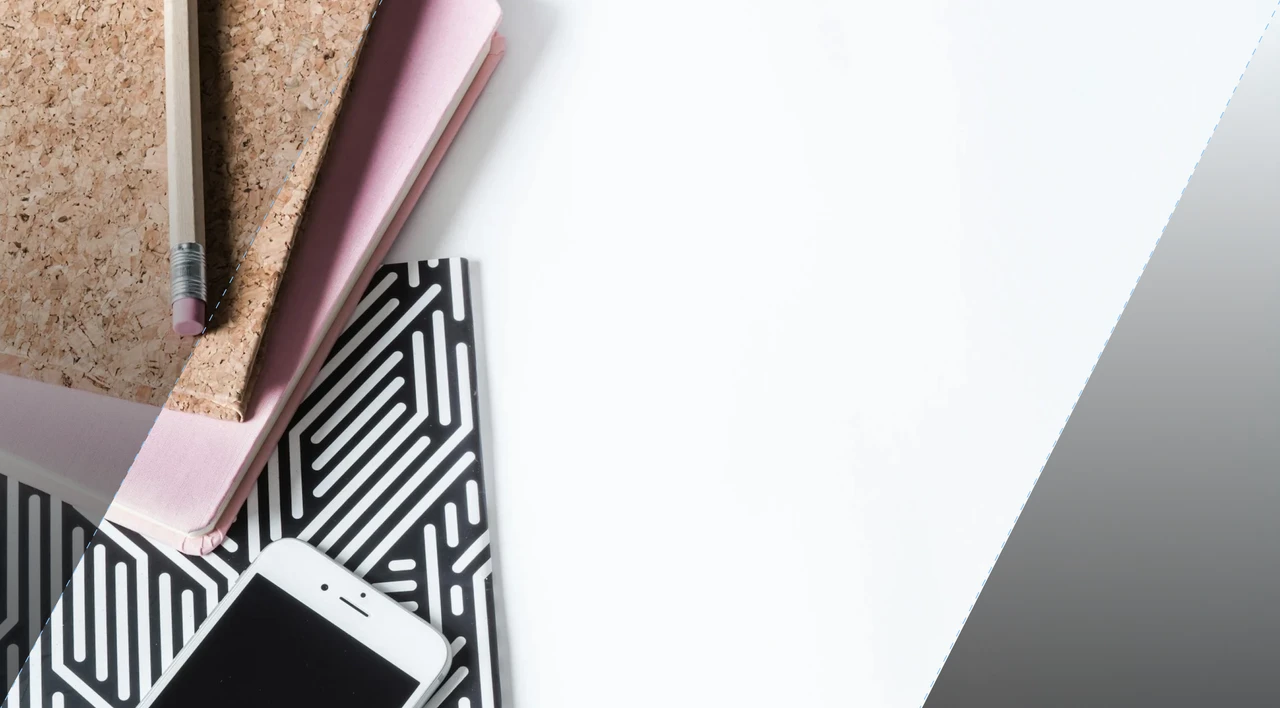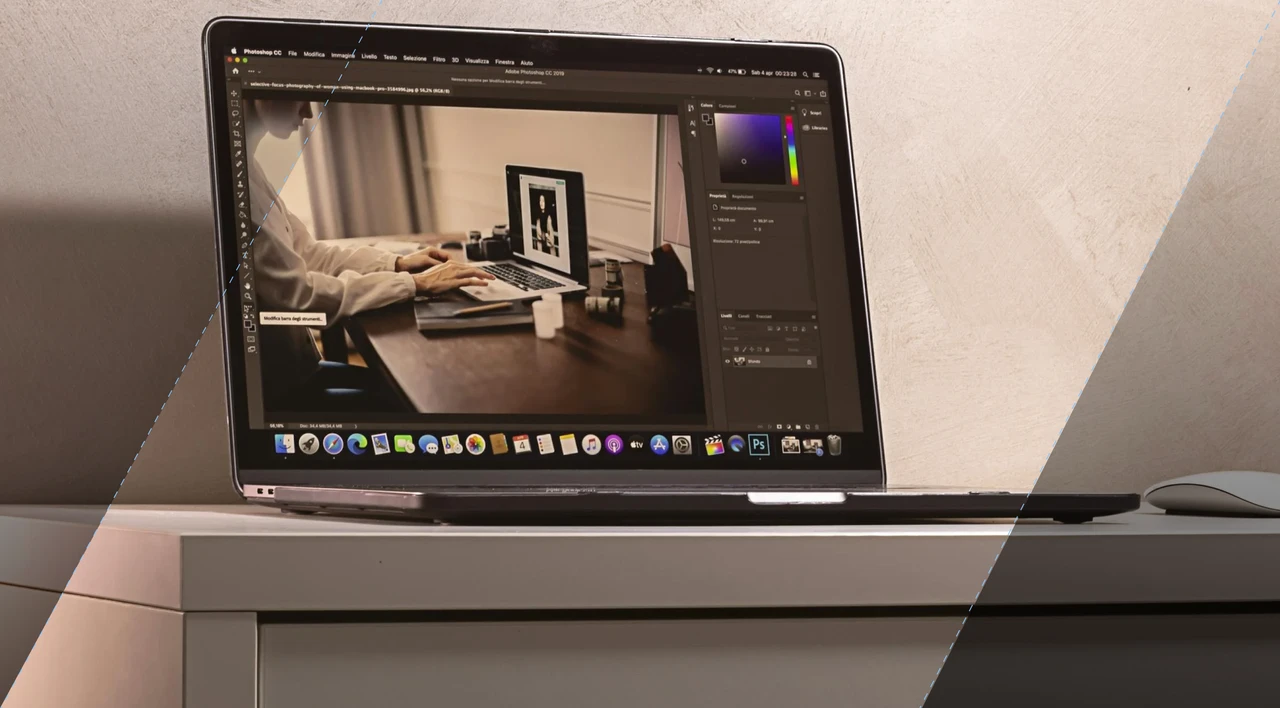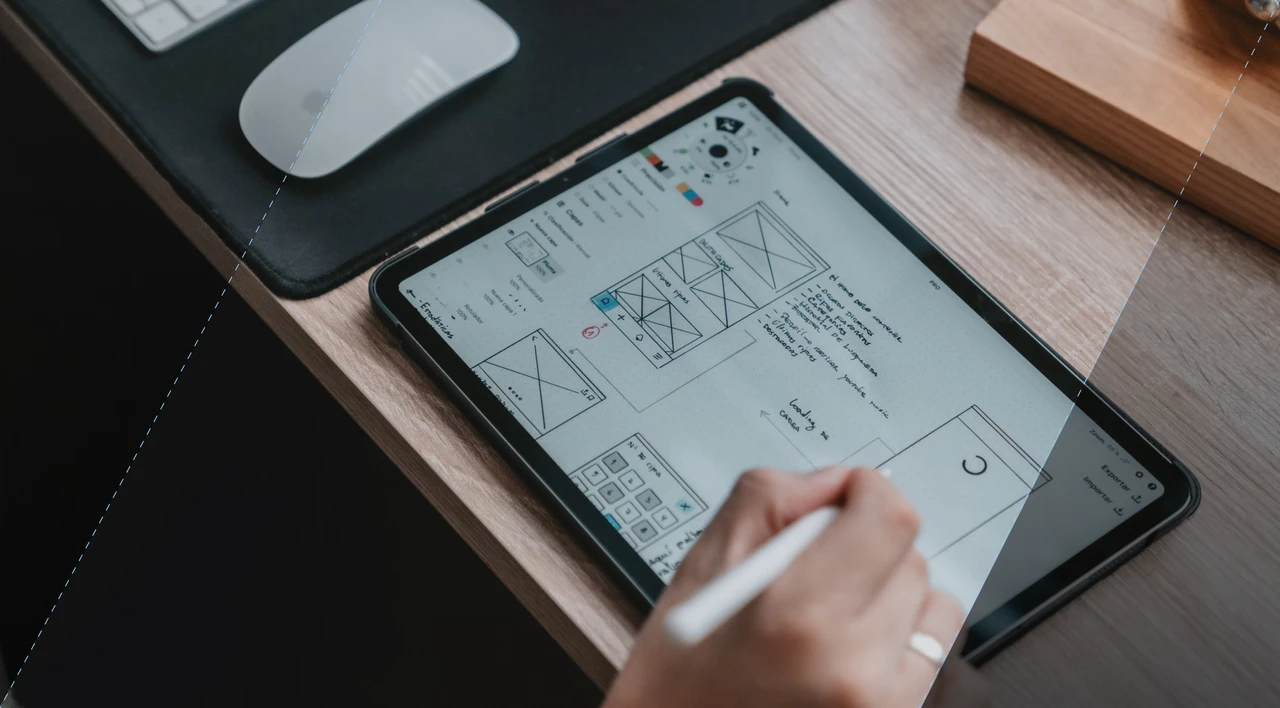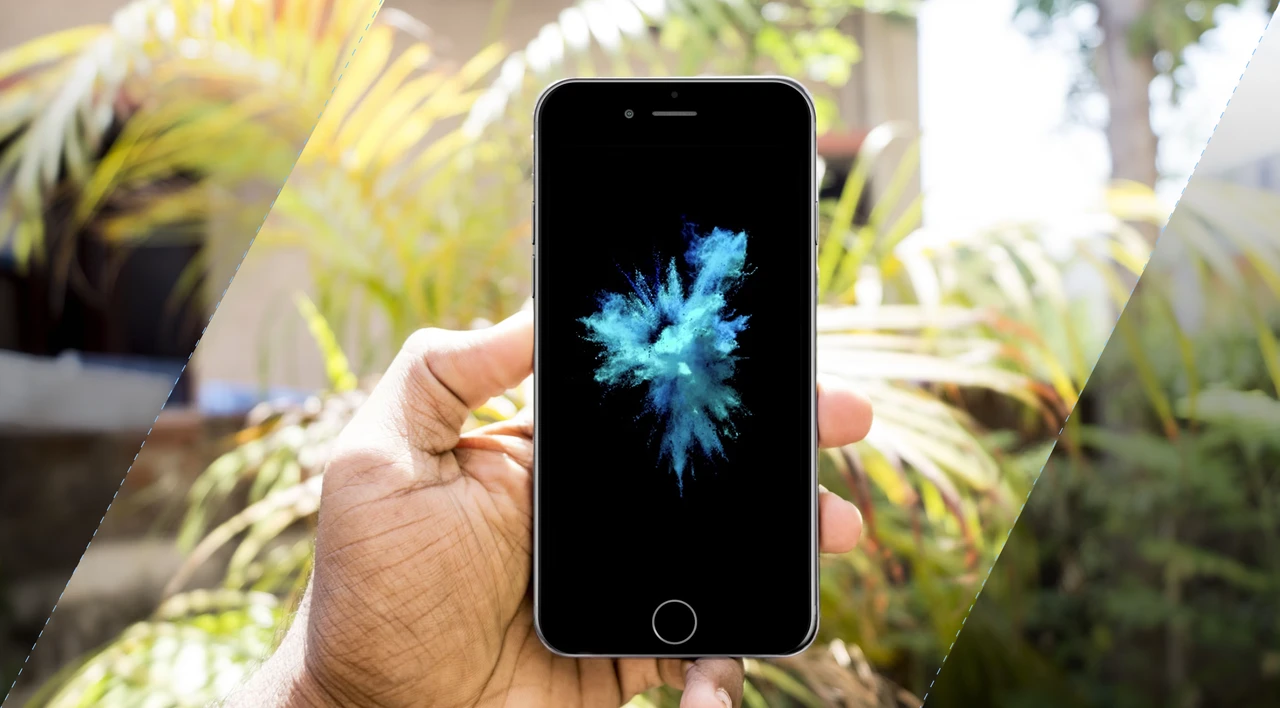Contents
Contents
In today’s fast-paced world, innovation is the lifeblood of successful businesses. However, generating innovative ideas and developing them into viable solutions can be a daunting task. This is where design sprints come into play. A design sprint is a structured and time-constrained process designed to solve complex problems, foster collaboration, and drive innovation within teams.
According to a report by IBM, design thinking reduced design time by 75%, time to market was halved, and return on investment reached 301%. This underscores the importance of design sprints as a strategic approach to achieving significant efficiency gains and delivering impactful results in product development and design.
This article provides a comprehensive overview of design sprints, offering a step-by-step guide to the process, highlighting its benefits and impact, discussing the role of the design sprint team, and exploring the various tools and techniques involved. Whether you’re a seasoned professional looking to streamline your product development process or a newcomer eager to dive into the world of design thinking, this guide has something for everyone.
Key Takeaways:
- The design sprint is a time-constrained process for solving problems and developing prototypes.
- It involves five stages: understand, ideate, decide, prototype, and validate.
- The design sprint team consists of individuals from different roles and expertise.
- Design sprints foster innovation, collaboration, and better alignment toward long-term goals.
What is a Design Sprint?
A design sprint is a time-constrained process for solving problems, brainstorming ideas, and developing prototypes. It involves a small team working together for five consecutive days to map out the problem, sketch solutions, decide on the best ideas, build a prototype, and test it with real users. The design sprint process is a structured and efficient way to foster innovation and collaboration within a team.
Step-by-Step Guide to the Design Sprint Process:
- Day 1: Understand – The sprint team maps out the problem, defines the objectives, and identifies the key challenges.
- Day 2: Ideate – The team generates multiple solutions and sketches them out, exploring different possibilities.
- Day 3: Decide – The team collectively decides on the most promising ideas to pursue further, considering feasibility and impact.
- Day 4: Prototype – The team builds a realistic prototype of the selected solution, focusing on creating a tangible representation.
- Day 5: Validate – The team tests the prototype with real users to gather feedback and validate its effectiveness, ensuring it meets the user’s needs and solves the problem.
Throughout the design sprint, the team utilizes various tools and techniques to facilitate the process. These include methods like user journey mapping, storyboarding, and rapid prototyping. By following this step-by-step guide, teams can efficiently navigate through the sprint phases, ensuring a comprehensive and user-centered approach to problem-solving.
The Five Phases of a Design Sprint
Design sprints consist of five distinct phases: understand, ideate, decide, prototype, and validate. Each phase plays a crucial role in the overall design process, contributing to the development of a successful solution. Let’s explore each of these phases in detail.
1. Understand
In the first stage, the design sprint team works collaboratively to gain a deep understanding of the problem at hand. They conduct research, analyze data, and map out the problem’s key challenges. This phase sets the foundation for the rest of the sprint, ensuring that the team is well-informed and aligned.
2. Ideate
Ideation is a vital phase where the team generates a pool of ideas and potential solutions. During this phase, members brainstorm, sketch their thoughts, and explore different possibilities. The goal is to encourage creativity and innovation, leveraging diverse perspectives to spark unique and valuable concepts.
3. Decide
After generating a range of ideas, the team moves into the decide phase. Here, they carefully evaluate the sketched solutions and select the most promising ones to pursue further. It involves critical thinking, objective assessments, and collective decision-making, ensuring that the chosen ideas align with the project’s goals and user needs.
4. Prototype
The prototype phase involves transforming the selected ideas into realistic and tangible representations. The team builds prototypes, which can be simple mock-ups or interactive simulations, to convey their proposed solutions. This hands-on approach allows them to visualize their ideas, test functionalities, and gather actionable feedback.
5. Validate
The final phase is validation, where the team tests their prototype with real users. By gathering feedback and conducting user testing, they can evaluate the effectiveness of their solution, uncover potential flaws, and identify areas for improvement. This user-centric approach ensures that the final product meets the needs and expectations of the target audience.
Throughout the design sprint, various tools and techniques are utilized to facilitate the process. Sticky notes, journey maps, and user testing are just a few examples that help the team streamline their workflow, enhance collaboration, and deliver impactful solutions.
|
Phase |
Description |
|
Understand |
Map out the problem and identify key challenges. |
|
Ideate |
Generate and sketch out multiple solutions. |
|
Decide |
Select the most promising ideas to pursue. |
|
Prototype |
Build a realistic prototype of the solution. |
|
Validate |
Test the prototype with real users for feedback and validation. |
The Role of the Design Sprint Team
The design sprint team is an integral part of the design sprint process, bringing together individuals with different roles and expertise to collaborate on solving problems and developing innovative solutions. A successful design sprint team typically consists of team members from various disciplines, including design, UX, development, project management, and key stakeholders.
During the sprint, the team works closely together to ensure a comprehensive understanding of the problem at hand. Each member brings their unique perspective and skills to the table, contributing to the overall success of the sprint. The team collaborates on every stage of the sprint, from understanding the problem to making decisions, prototyping, and validation.
The facilitator plays a crucial role in guiding the team throughout the sprint. They help keep the sprint on track, facilitate discussions, and ensure that each team member has a voice. The facilitator ensures that all necessary tools and resources are available for the team to effectively carry out the sprint process.
The UX designer, in particular, plays a significant role in the design sprint team. They bring their expertise in user experience design and help create user-centric solutions. The UX designer works closely with the team to ensure that the prototype addresses the needs and pain points of the target users.
The stakeholders also play a vital role in the design sprint team. They provide valuable insights and guidance based on their knowledge of the overall project goals and objectives. Their involvement ensures that the sprint aligns with the long-term vision and strategic direction of the organization.
Within the design sprint team, the decider or sprint master is the ultimate decision-maker. They have the final say in making critical decisions for the team. The decider’s role is crucial in the sprint as they help the team move forward and make informed choices based on the goals and constraints of the project.
Additionally, the project manager plays a vital role in coordinating and managing the design sprint. They ensure that the necessary resources are available, timelines are met, and the overall project goals are achieved.
Team Members in a Design Sprint:
|
Roles |
Responsibilities |
|
Designers |
Contribute to the ideation and prototyping phases. Bring their creative skills and design expertise to the sprint. |
|
UX Designers |
Bring a user-centered approach to the sprint. Help create prototypes that address user needs and pain points. |
|
Developers |
Assist in building the prototype and provide technical expertise throughout the sprint. |
|
Project Managers |
Coordinate and manage the design sprint. Ensure timelines and project goals are met. |
|
Stakeholders |
Provide insights and guidance based on the project goals and strategic direction of the organization. |
|
Facilitator |
Guide the team throughout the sprint process. Facilitate discussions and ensure the sprint stays on track. |
|
Decider/Sprint Master |
Make critical decisions for the team. Help move the sprint forward based on project goals and constraints. |
The Benefits and Impact of Design Sprints
Design sprints offer numerous benefits and have a significant impact on both product development and team collaboration. Through activities such as creating customer journey maps and gathering user feedback, design sprints enable teams to gain a deep understanding of the problem and the needs of their customers. The importance of design sprint phases is well documented in the literature. For example, 42% of startups fail because they do not match market demands – a successful product design sprint would help mitigate this.
The collaborative nature of design sprints fosters creativity and innovation within the team. It allows for the rapid generation and iteration of solutions, ensuring that the most effective and user-centered designs are created. By following the design process and iterating on ideas, teams can quickly refine and improve their solutions.
In addition, design sprints facilitate the alignment of teams on a long-term goal. By evaluating the success of the sprint through the validation of prototypes with real users, teams can ensure that their solutions align with user needs and business objectives.
Benefits and Impact Overview
|
Benefits of Design Sprints |
Impacts on Product Development |
Impacts on Team Collaboration |
|
1. Deep understanding of the problem |
1. User-centered solutions |
1. Fostered creativity and innovation |
|
2. Gathering user feedback |
2. Efficient and rapid development |
2. Improved collaboration and communication |
|
3. Creating journey maps |
3. Enhanced user experience |
3. Shared understanding and alignment |
|
4. Iterating on solutions |
4. Higher success rate of products |
4. Effective decision-making |
Conclusion
Design sprints offer a structured and efficient methodology for product development and design. By following the five phases, you and your team can collaborate seamlessly, ideate innovative solutions, create realistic prototypes, and validate ideas within a short timeframe. The results speak for themselves, as design sprints have been proven to foster innovation, improve collaboration, and achieve successful outcomes in various industries.
Once you have completed a design sprint, the next steps involve evaluating the results and gathering feedback from users. This evaluation process will help you identify the strengths and weaknesses of your prototype and uncover potential solutions to enhance your product further. With valuable insights in hand, you can refine your prototype and iteratively develop it until it aligns perfectly with the intended user experience and meets the desired objectives.
Running a design sprint not only accelerates your product development but also empowers your team to think creatively and work collaboratively. By embracing this methodology, you gain the advantage of leveraging the diverse expertise and perspectives within your team, ultimately leading to more robust and user-centric solutions. So, don’t hesitate to embrace design sprints as an effective approach to drive innovation, enhance collaboration, and achieve your product development goals.
If you’re interested in embracing design sprints but don’t know where to start, read more about Flatirons’ UI/UX design services.
Frequently Asked Questions
What are the five stages of a design sprint?
The five phases of a design sprint are understand, ideate, decide, prototype, and validate.
What is a design sprint?
A design sprint is a time-constrained process for solving problems, brainstorming ideas, and developing prototypes.
What is the role of the design sprint team?
The design sprint team consists of individuals from different roles and expertise, including design, UX, development, project management, and stakeholders.
How does a design sprint help the team?
A design sprint helps the team gain a comprehensive understanding of the problem, collaborate on solutions, and validate ideas through real user testing.
What are the benefits of design sprints?
Design sprints foster innovation and collaboration, help teams align on long-term goals, and yield successful outcomes in product development and design.
What are the next steps after completing a design sprint?
The next steps involve evaluating the results, refining the prototype, and taking the validated ideas forward for further development.
UI/UX Design Services
UI/UX design services tailored for your unique needs.
Get the CEO's Take
Handpicked tech insights and trends from our CEO.
UI/UX Design Services
UI/UX design services tailored for your unique needs.
Get the CEO's Take
Handpicked tech insights and trends from our CEO.

Light Mode vs Dark Mode: Which One is Better for You?
Flatirons
Jan 04, 2025
Top UI/UX Design Companies in California for 2025
Flatirons
Nov 30, 2024
Learn the Essentials of Digital Product Design
Flatirons
Nov 26, 2024
Top UI/UX Design Companies in Colorado for 2025
Flatirons
Nov 12, 2024
Top Mobile App Design Companies in Denver for 2025
Flatirons
Oct 11, 2024
Top Mobile App Design Companies in Colorado Springs for 2025
Flatirons
Oct 09, 2024